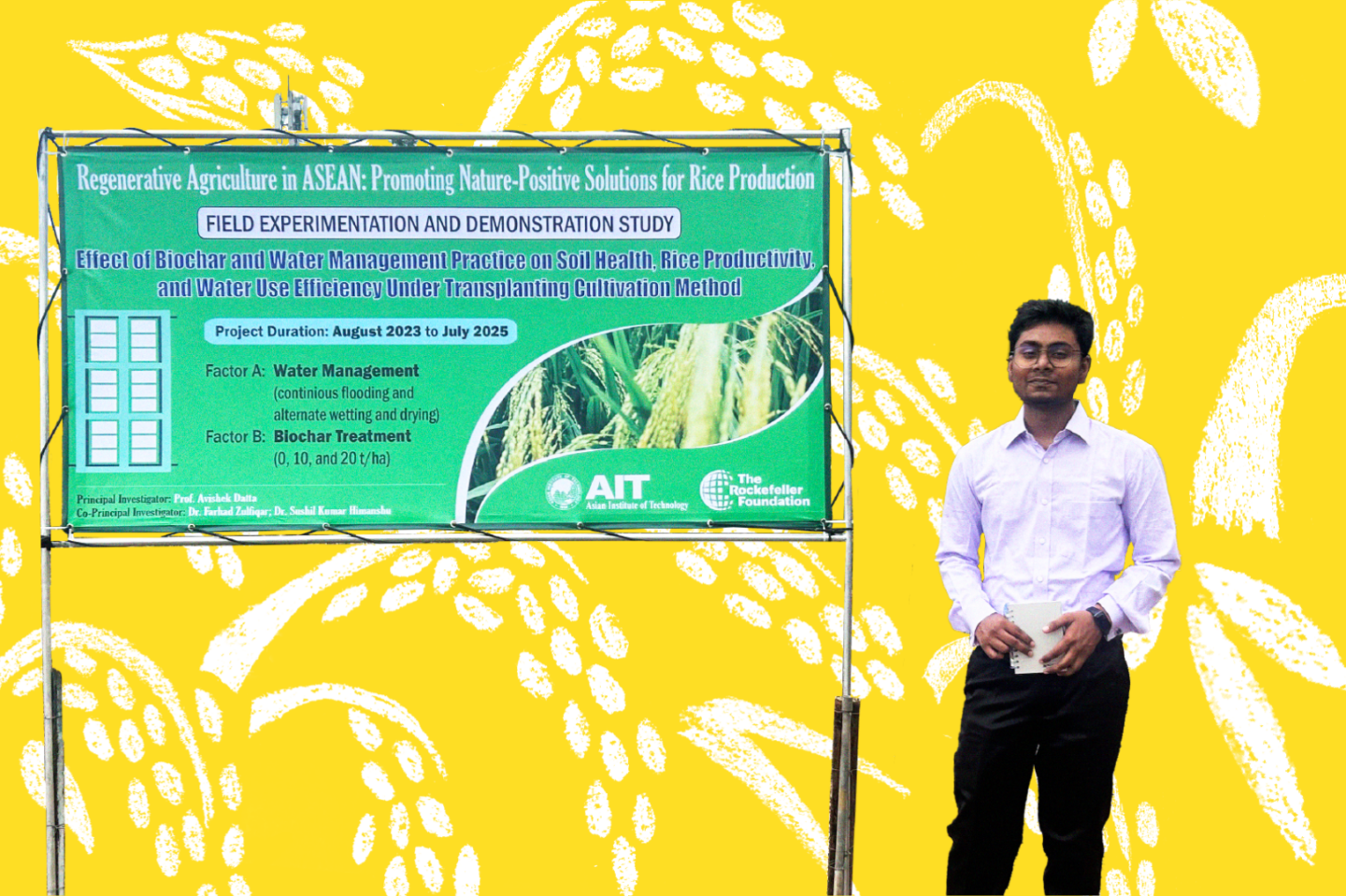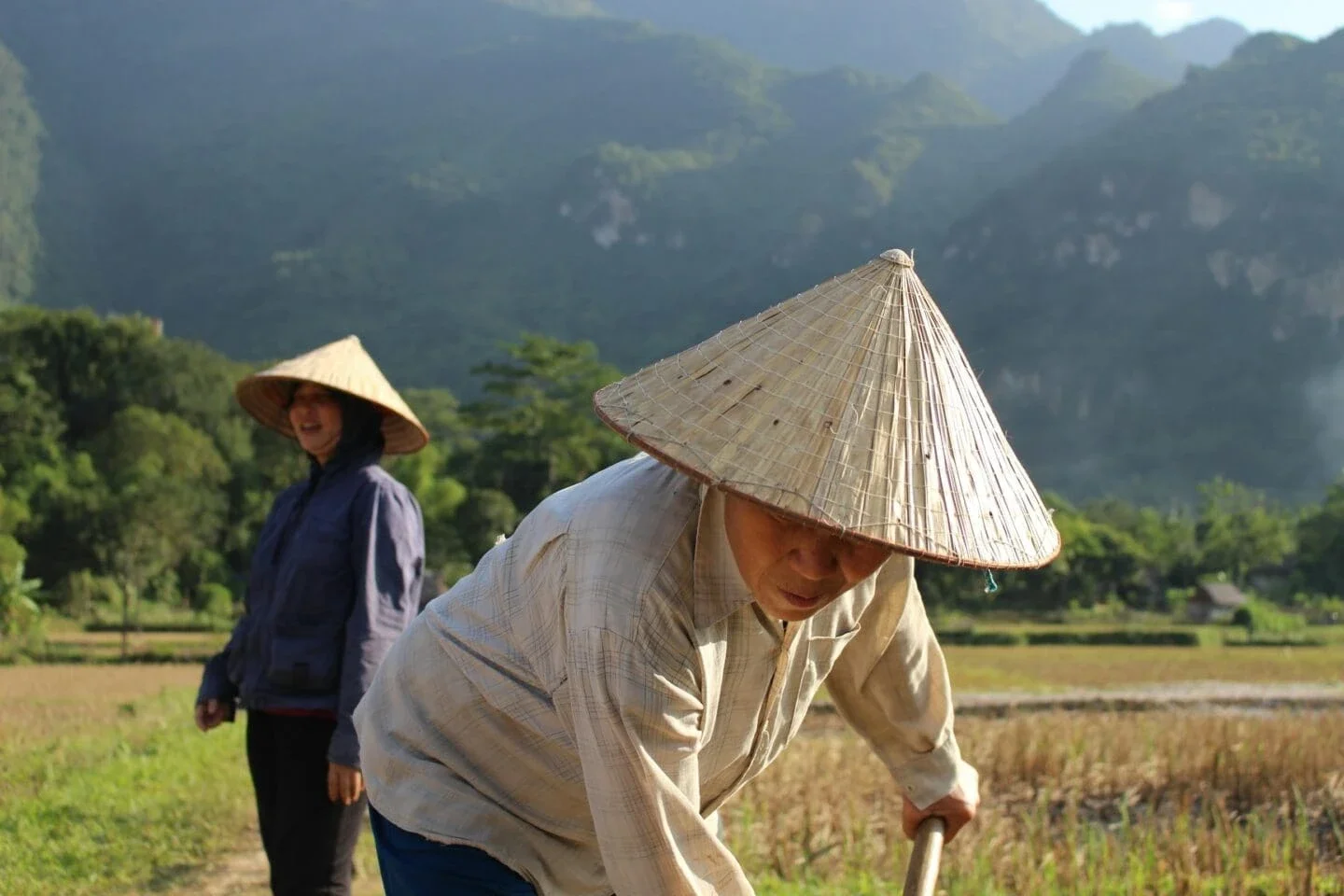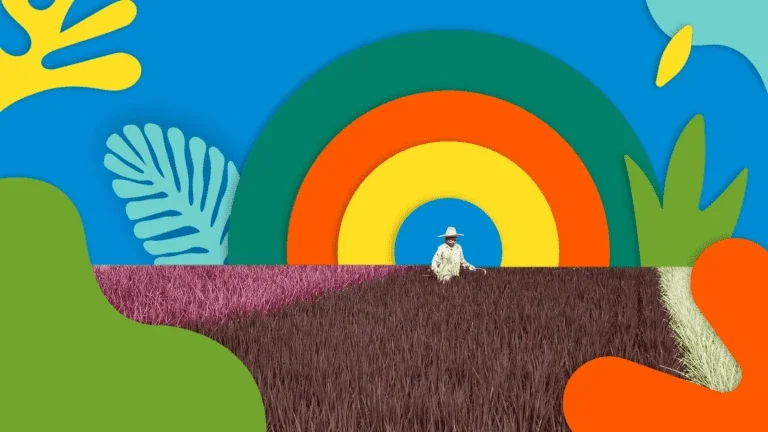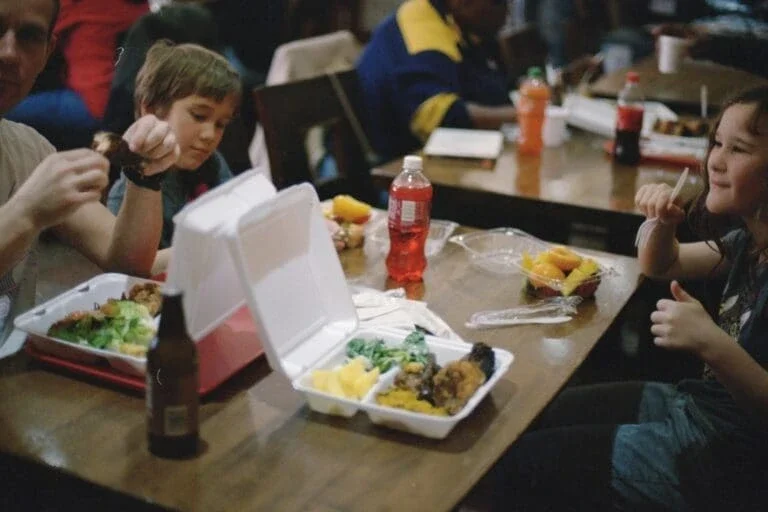Climate change, with rising temperatures, shifting rainfall patterns, and increased pest and disease pressures, has cast a shadow over rice production in Asia.
Given that 50% of the global population relies on rice for 80% of their dietary needs, this is a matter of global significance. Moreover, disruptions like the COVID-19 pandemic and geopolitical conflicts have sent food prices skyrocketing and pushed millions into hunger and poverty.
Researchers, agronomists, technologists, and policymakers are striving to find solutions, but so far only achieved small-scale pilots in different countries. To make big bets and think large scale, we need a digital innovation hub for low-carbon rice. This could be a pivotal force in promoting digital solutions to incentivize smallholder farmers to adopt climate-smart agriculture practices.
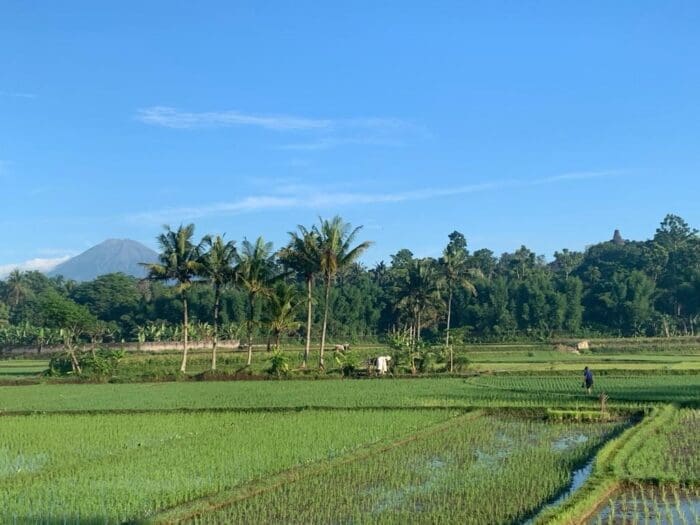
How Important is Rice?
Rice is a vital food crop, feeding over 3.5 billion people globally, predominantly in Asia.
However, it also poses a significant environmental challenge, contributing to greenhouse gas (GHG) emissions.
The majority of rice production occurs in Asia, led by countries like China, India, Vietnam, and Bangladesh. This crop is a lifeline for around 150 million smallholder farmers, many of whom live in poverty and cultivate rice on less than 1 hectare of land.
Traditional rice cultivation practices, including flooded paddy fields and open burning of rice straw, are responsible for substantial GHG emissions.
In countries like Vietnam, rice cultivation accounts for a significant portion of overall emissions, with approximately half of agriculture emissions and 75 percent of methane emissions stemming from rice farming.
Methane and nitrous oxide, produced during these processes, are potent greenhouse gases, with global warming potentials 28 and 250 times greater than carbon dioxide (CO2), respectively.
Addressing rice cultivation’s environmental impact is crucial for both food security and climate mitigation.
Critical Components to Create a Digital Hub
With rice demand projected to increase by over 25 percent by 2035, we desperately need sustainable rice production. A digital innovation hub could offer solutions at scale by integrating key stakeholders to provide tools, data, and resources for sustainable rice farming. It also could link to systems that generate and sell carbon credits, incentivizing low-carbon practices, and significantly changing farmer planting methods.
Three critical components are needed to create a digital hub:
- Climate Smart Agriculture (CSA) Methods – to enhance productivity, boost resilience to climate change, and cut greenhouse gas emissions. Key methods include Alternative Wetting and Drying (AWD) that optimizes water use and reduces methane emissions; System of Rice Intensification (SRI) which decreases water consumption; Conservation Agriculture that minimizes soil disruption; and Agroforestry that integrates trees with rice cultivation to sequester carbon and enhance soil fertility.
- Digital Measurement, Reporting, and Verification (MRV) Systems – to leverage technology to monitor productivity, resource efficiency, and environmental sustainability, ensuring transparency throughout the supply chain.
- Carbon Credits – to represent the reduction or removal of greenhouse gas emissions. In the context of a digital innovation hub, they can be generated through the adoption of climate smart agriculture methods. Farmers can earn carbon credits by implementing these practices and selling them to organizations looking to offset their emissions. This financial incentive could lead to sustainable farming practices and reduces GHG.
Countries Making Strides
Several countries have made strides in low-carbon rice production already, yet most are small-scale pilots. A digital innovation hub could scale on the successes shown below:
- Vietnam: The VnSAT project increased farmer yields by 10-18 percent, raised profits by around 6 percent, and reduced GHG emissions in the Mekong Delta.
- China: The China Climate Smart Staple Crop Production Project (CSSCP) achieved a 22 percent increase in rice yields and significant reductions in GHG emissions, fertilizer use, and water consumption.
- Ghana: A low carbon rice project between Switzerland and Ghana focuses on AWD technology, aiming to reduce CO2eq emissions and cover a substantial portion of Ghana’s rice production.
Creating a Network
The success of the digital innovation hub hinges on collaborative efforts among an intricate network of key stakeholders, encompassing both public and private sectors to create a trusted network.
These essential players include:
- the government, which offers Digital Public Infrastructure, funding, and regulatory frameworks to promote sustainability.
- NGOs that contribute technical expertise, capacity building, and knowledge exchange for farmers. Funders, such as Multilateral Development Banks and Philanthropy Funds, provide financial support and technical assistance.
- AgriTech companies that work on digital tools and innovative solutions. Smallholder farmers stand at the core, benefiting from support and access to climate-smart agriculture.
- MRV Systems are vital for verifying carbon credits, while academia conducts research and seeks breakthroughs.
- Finally, the carbon markets offer a platform for carbon credit trading, drawing investment into low-carbon rice production.
Creating a low-carbon rice digital innovation hub comes with its fair share of hurdles. First, we need to bridge the technology gap, ensuring access for all stakeholders, especially smallholder farmers, through investments in digital literacy.
Addressing farmers’ resistance to change requires financial incentives and training programs.
To overcome collaboration barriers, a strong partnership needs to be developed among various stakeholders with the right incentive model and patience capital, requiring building financial sustainability and effectively tapping into public and private funding, grants, and partnerships.
The changing climate will only add to the complexities. But while challenges exist, they can be overcome through targeted strategies and interventions. It's time to make big bets on low-carbon rice and pave the way for a more sustainable future.
Lesly Goh2023 Bellagio Center Resident
Related
- FEATURE
How To Chart a Course for Food Security in a Changing Climate
Young researchers and AIT professors work with farmers to develop a more climate-friendly way to grow a globally critical food staple -- rice.
SEE MORE